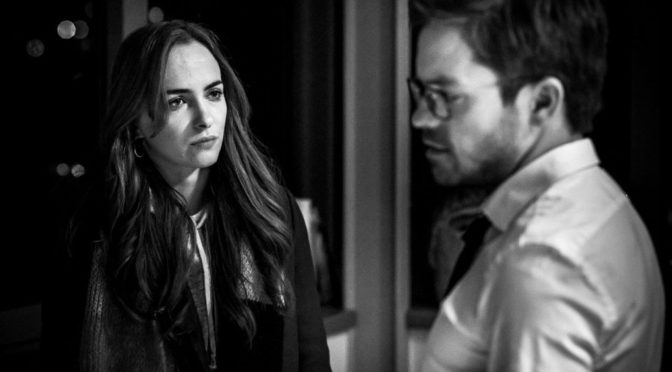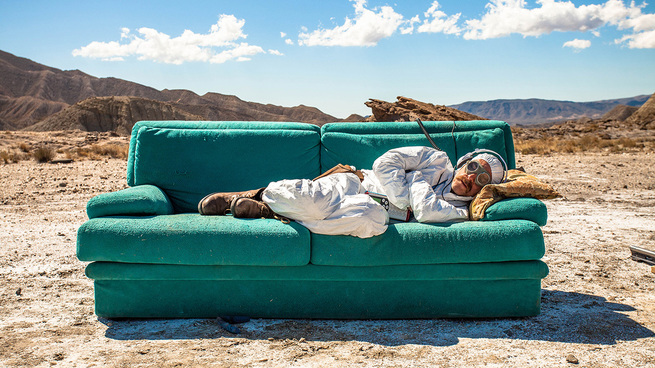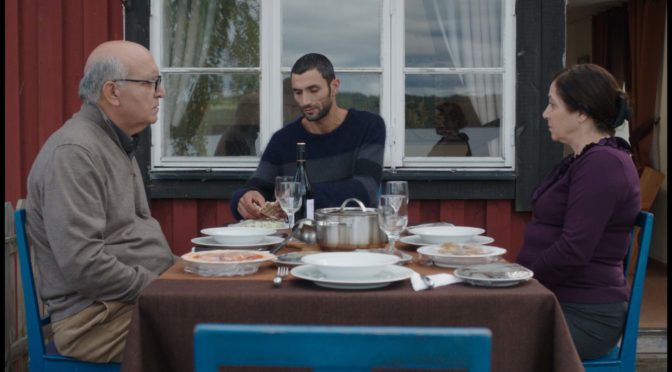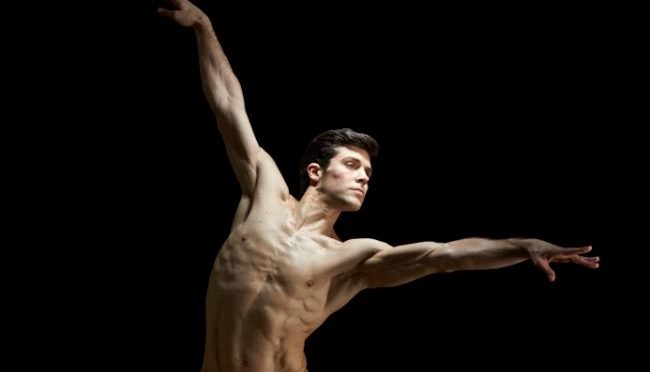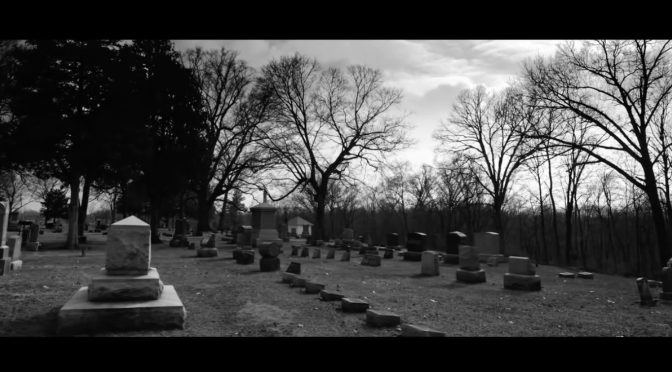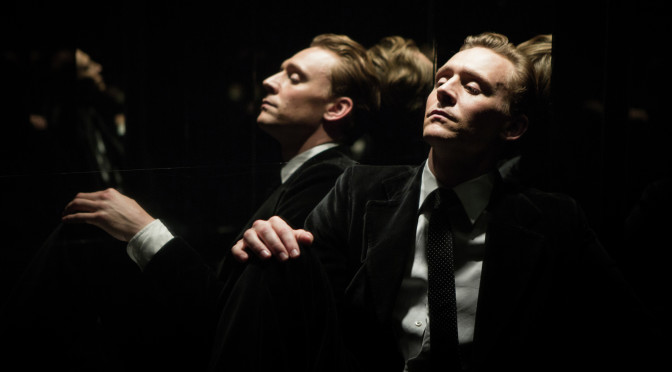«Da a qualche tempo vivo in Repubblica Ceca e poco per volta ho scoperto la sua cultura e, soprattutto, la sua grande storia cinematografica; per questo ho voluto fare un film che fosse un omaggio al cinema ceco degli anni Sessanta»: il regista cileno introduce così la prima proiezione del suo Hra al Torino Film Festival.
Archivi tag: festamobile
“HRA” BY ALEJANDRO FERNÁNDEZ ALMENDRAS
Article by: Valentina Velardi
Translated by: Chiara Franceskin
«I have been living in Czech Republic for some time. I have been discovering its culture little by little and, above all, its great cinematographic history. For this reason, I decided to make a movie which was a tribute to the sixties Czech cinema.» that is how the Chilean director introduced the first screening of his film at Torino Film Festival.
“TITO E GLI ALIENI” di PAOLA RANDI
“Nello spazio ogni particella ha una voce”: Paola Randi, regista di Tito e gli alieni, sceglie la fantascienza come terreno di sperimentazione da cui partire per raccontare la storia di una famiglia un po’ inusuale. Anita, sedicenne insofferente, e il fratellino Tito, sette anni e già un perfetto “scugnizzo” che sa il fatto suo, dopo la morte di entrambi i genitori vengono affidati allo zio (un intenso Valerio Mastrandrea), ex professore e ora scienziato in crisi rintanato nel deserto del Nevada.
“TITO E GLI ALIENI” by PAOLA RANDI
Versione inglese a cura del Master in Traduzione per il Cinema, la Televisione e l’Editoria Multimediale
Article by: Giorgia Bertino
Translation by: Valeria Tutino
“In space, every particle has a voice”: Paola Randi, director of Tito e gli alieni, chooses science fiction as a testing ground to start telling the story of an unusual family. Anita, impatient 16 year old, and her brother Tito, 7 year old and already a perfect ragamuffin who knows his own, after the death of both their parents, are entrusted to their uncle (an intense Valerio Mastandrea), ex professor and now scientist in crisis holed up in Nevada desert.
“Omor Shakhsiya” (“Personal Affairs”) di Maha Haj
Molte risate in sala per il primo lungometraggio di Maha Haj, Personal Affairs, presentato nella sezione Festa mobile. Una commedia sorprendente ed esilarante ma che non manca di profondità.
Continua la lettura di “Omor Shakhsiya” (“Personal Affairs”) di Maha Haj
Roberto Bolle – L’arte della danza by Francesca Pedroni
Versione inglese a cura del Master in Traduzione per il Cinema, la Televisione e l’Editoria Multimediale
Article by: Bianca Beonio Brocchieri
Translation by: Riccardo Abba, Barbara Lisè
There are only two male dancers that have really set a turning point in the history of classical ballet. They have been great innovators, men that have been able to set the foundation for a new era. The first one is Rudolf Nureyev. The other, Roberto Bolle. It is very rare for a dancer to be compared to Nureyev, who is almost unanimously considered one of the greatest of the 20th century. But Bolle and Nureyev share a common characteristic besides, needless to say, a superhuman talent: they tore down the boundaries of classical ballet, reaching a larger audience and rewriting the rules forever.
Continua la lettura di Roberto Bolle – L’arte della danza by Francesca Pedroni
“Roberto Bolle – L’arte della danza” di Francesca Pedroni
Nella danza classica solo due ballerini hanno creato delle cesure con il passato. Sono stati grandi spartiacque, figure che hanno saputo porre le basi per l’inaugurazione di una nuova era. Il primo è Rudolf Nureyev. L’altro, Roberto Bolle. Non è poca cosa paragonare un ballerino a Nureyev, ritenuto quasi all’unanimità uno dei più grandi danzatori del XX secolo. Ma Bolle e Nureyev hanno una caratteristica comune oltre, non c’è bisogno di dirlo, al sovrumano talento: hanno abbattuto le barriere della danza classica, raggiungendo un pubblico vastissimo e cambiando le regole del gioco.
Continua la lettura di “Roberto Bolle – L’arte della danza” di Francesca Pedroni
Return to Spoon River by Francesco Conversano and Nene Grignaffini
Article by: Giulia Conte
Translation by: Lorenzo Matarazzo
Nene Grignaffini and Francesco Conversano dedicate a film to the Spoon River Anthology to celebrate the hundred years from the publishing of the famous poetry collection by Edgar Lee Masters. The movie was shot in Lewiston and Petersburg, Illinois, where the current inhabitants of those places read the compositions in their houses’ rooms. Slow pace, even too much sometimes, but a particular idea for sure. 104 minutes of traveling through small towns which tell the tale of the provincial America and the lives of those who live there.
All of the characters who read one of the epitaphs, identify themselves with one of the protagonists from the book, as if the latter were speaking of their lives too.
“All, all, are sleeping on the hill.”
Time is still, and the film moves from house to house, listening to the story of everyone. The feeling is that the inhabitants of the two cities are lazily living their lives, stuck like the Spoon River characters, who, and here lies the difference, were dead. As it is well known, life in suburban America can be many things, except easy and fun. This narration is a clear example of what means living isolated and almost imprisoned in cities, which might be big under the aspect of territorial extension but empty and not interesting on a cultural level.
One of the Lewiston citizens reads one the most touching sentences from the Anthology:
“It takes life to love life”
This to say that a certain kind of spirit is needed to love life, despite living there.
The Spoon River Anthology is a work written in 1915, which is still very contemporary today: George Gray said:
Yet all the while I hungered for meaning in my life.”
And I think that this is a very common thought, shared by anyone of us, just like it is by the characters of the movie.
The work of Grignaffini and Conversano is entirely focused on this aspect, i.e. passing on the hunger for life and the willingness of persons to tell themselves, in order to give life to an film that, although not easy in its comprehension, is moving and makes one think.
High Rise by Ben Wheatley
Article by: Lorenzo Trombi
Translation by: Roberto Gelli
The movie is the screen adaptation of the novel High Rise, written by James Graham Ballard. Jeremy Thomas, winner of the Academy Award, had been interested for year in making a film from Ballard’s novel but he only succeeded in producing it in 2014.
After showing a preview of High Rise at Toronto International Film Festival, the film was presented at San Sebastián International Film Festival and now it arrives at TFF within Festa Mobile section, reserved to non-competing films and unreleased films in Italy, which represent the best international movie production.
The movie is rich in rather interesting visual solutions such as the different kinds of oppressive verticality related to the skyscraper itself, where the story takes place. These are well conveyed by oblique and sloping framing or by the protagonist movements surrounded by the lift’s mirror but the film is not able to completely overcome the difficulties to cinematographically render situations and atmospheres implied in Ballard’s novel, in which we find different levels.
The screen challenge was perhaps to shape that metaphor of modern society, where everyone has the same role of tormentor and victim. The represented microcosm is located in a skyscraper, which offers every kind of thing people may need.
Most of the characters never leave the building except for the new surgeon, the protagonist Robert Laing, who in the first part of the film goes out to work. But in the end, after the tumultuous events have ceased, we will see him starting his professional activity within the skyscraper.
Often, the residents are referred to by mentioning their room numbers, as it happens in the dialogue between Laing and the architect during the squash match. This is clearly a sort of obsessive depersonalization.
Let’s step back and have a look at the plot. It all starts with the new surgeon moving in a luxury flat in the skyscraper. It won’t be long till he realizes the social distribution taking place throughout the building: the poorer classes live downstairs while wealthy people stay upstairs. The architect even invites him to visit his extra luxury attic but Laing looks indifferent and he only seems to be interested in seducing women.
During a blackout things become chaotic and everyone starts to understand that the more they go upstairs, the better they feel. This “physical” rise corresponds to a “moral” transformation: the majority of them become greed and fight with one another. One of the main female characters explains to her husband her sense of suffocation and tells him that she would like to enjoy the same light that those in the upper floors have at their disposal. Documentary filmmaker Richard Wilder heads the uprising with the aim of killing the architect.
In the last scenes we hear a speech saying that capitalism will never allow political liberty.
However, the film mood is oppressed by a script, which sometimes aims to be overfilled with facts and dynamics. The characters take themselves too much seriously and there is a lack of whatever possible temporary break out and lightness, which could reduce its general claustrophobia. Almost all of the film is made of internal shooting.
There are a lot of narrative premises in the movie but their developments lead too much towards a dead end track.
For sure, High Rise is worth seeing again, in order to ponder its content.

